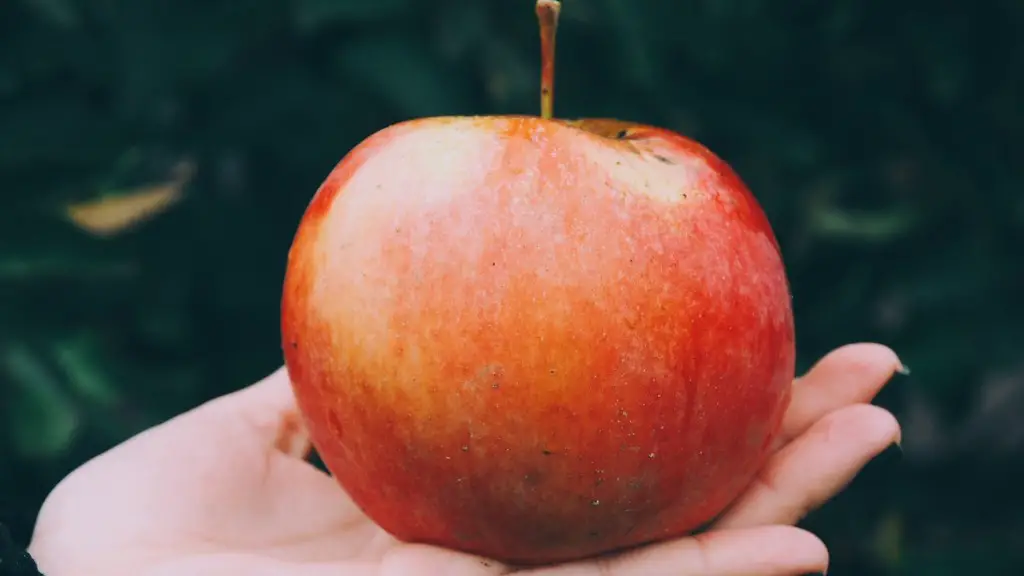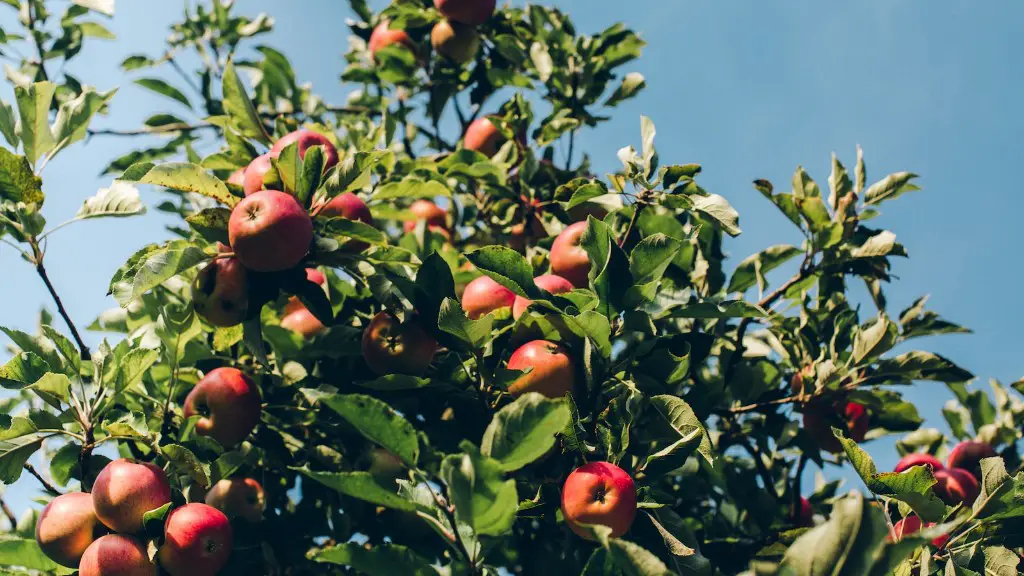It’s not impossible to grow your own lemon tree indoors – with the right advice you can become a proud lemon tree owner. To ensure the success of your cultivation project, here are some tips to help you along the way.
Firstly, choose your tree wisely. You’ll need to decide what variety of lemon tree to get; this is important as different varieties will perform differently indoors. Consider buying a smaller variety such as the Meiwa or Lisbon lemon. These will do best in containers and may not need a great amount of pruning.
Secondly, choose the right container size. The container should be deep and wide, so that it can accommodate a large root system. This will prevent waterlogging and allow the tree to get enough oxygen. It is best to have a container with drainage holes to ensure that excess water can be easily drained away.
Thirdly, give your lemon tree the right kind of soil. You will need a soil that has excellent drainage yet is still capable of holding some water. The best soil for lemon trees is a mix of equal parts of topsoil, potting compost and sand.
Fourthly, give your lemon tree enough light. A position near a sunny window is best as lemon trees like sunshine. If your location is lacking in sunshine, consider investing in artificial lamps to give your lemon tree a brighter environment.
Fifthly, water your tree regularly but moderately. Over-watering your lemon tree can cause root rot and other diseases, which can in turn lead to the death of your plant. Invest in a soil moisture meter to help you avoid over-watering your lemon tree.
Finally, prune your lemon tree regularly. Pruning your lemon tree will encourage new shoots, which will in turn means more fruit. When pruning, ensure that you are removing excess branches and not cutting too much as this can reduce the amount of healthy leaves on the tree.
Fertilizing Lemon Trees
To give your lemon tree a healthy boost, you can also add fertilizer to its soil. Choose a fertilizer that is specifically made for citrus trees, as it will provide them with the right nutrients without burning its roots. Fertilizers should be added in small increments and evenly distributed throughout the soil. Do not overfeed your lemon tree as this can cause it to produce excessive foliage while not enough fruit.
Fighting Pests and Diseases
Your lemon tree may also be vulnerable to pests and diseases, so it is important to identify potential problems early and take the necessary steps to eradicate them. Keeping the area around your lemon tree clean and free of debris and weeds will help to reduce pest infestations. If you notice any diseases on the tree, such as spotting on leaves or yellowing of the leaves, ensure that you diagnose the problem correctly and treat it promptly with the right solution.
Harvesting Lemons
When your lemon tree is ready, you will be able to collect your lemons. You will know that it is ready for harvesting when the lemons are yellow and firm, and can easily be removed from the tree. Be sure to harvest the lemons before they are overripe and start to dry out.
Repotting a Lemon Tree
Finally, you will also need to repot your lemon tree once it has outgrown its current container. The best way to do this is to carefully remove the tree from its pot and set it into a new, slightly bigger one. Take care to not damage the root system as you repot your lemon tree.
Protecting Your Tree
Your lemon tree may also need to be protected from the cold and other damaging conditions. Consider investing in a polythene wrap or other form of protection, such as a frame or greenhouse, to protect your lemon tree from the elements.
Train Your Tree
You can also train your lemon tree by pruning certain branches and tying them to bamboo poles. This will allow you to shape your tree as it grows and will allow it to spread wider and produce larger fruit. Be sure to use a gentle force when pruning and tying your tree.



